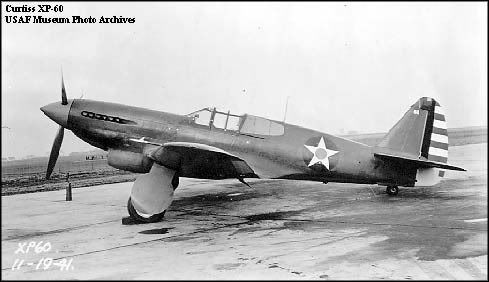jumpinjan
Bronze Level Sponsor
Welcome to the new SAOCA website. Already a member? Simply click Log In/Sign Up up and to the right and use your same username and password from the old site. If you've forgotten your password, please send an email to membership@sunbeamalpine.org for assistance.
If you're new here, click Log In/Sign Up and enter your information. We'll approve your account as quickly as possible, typically in about 24 hours. If it takes longer, you were probably caught in our spam/scam filter.
Enjoy.
Are these over head valve engines? The complexity of that arrangement, if so, must be mind boggling.
Nick,
I'm just saying that the circumstances that lead to the development of the P-51 might not have existed if the P-40 the British initialled expressed interest in was more in line with what the P-51 ended up as. Would North American at that time offered to come up with something better if the P-40 was that much faster?? Remember that the Army wasn't particularly interested in the project at that time due to politics, not being at war and so on. If the British hadn't pushed their need and North American wasn't so sure they could do better, pushing development of a new fighter off untl say 42 when we were completely involved in the war, who knows what might have happened. And it would have been competing for dollars then with the P-47 and P-38 programs which would have been further alone. And consider too how many programs for non carrier based aviation seemed to never generate actual production aircraft during that time.

